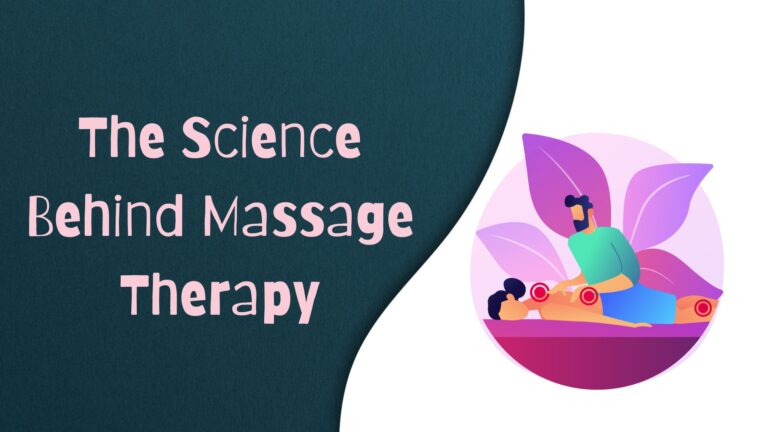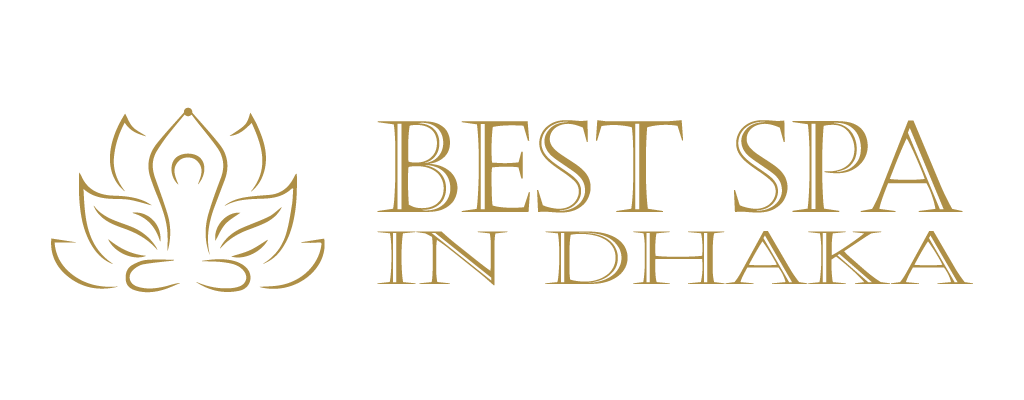
Massage therapy, an ancient behavior with roots in various cultures, has become a widely recognized treatment method for numerous health conditions. From relieving stress to enhancing athletic performance, massage therapy’s advantages are supported by scientific research and practical evidence. This blog will explore the science behind massage therapy, how it works, and why it helps, with a particular focus on athletic massage therapy and the role of massage therapy products.
1. Understanding Massage Therapy
Massage Therapy Defined
Massage therapy involves manipulating the body’s soft tissues, including muscles, tendons, ligaments, and connective tissues. Techniques vary widely, from gentle stroking and kneading to deep pressure and stretching.
Historical Background
For thousands of years, people have been receiving massage therapy. Ancient societies, such as the Egyptians, Greeks, Chinese, and Indians, used it for its therapeutic benefits. Today, it combines ancient techniques with modern scientific knowledge.
2. The Science Behind Massage Therapy
Physiological Effects
- Increased Blood Circulation
Massage therapy promotes blood flow, which amplifies the nutrition and oxygen delivered to muscle cells. Better circulation also helps remove metabolic waste products, reducing muscle soreness and fatigue.
- Lymphatic Drainage
The lymphatic system is crucial for removing toxins and waste from the body. Massage therapy stimulates lymphatic flow, aiding in detoxification and boosting the immune system.
- Muscle Relaxation
By manipulating soft tissues, massage helps relax tense muscles, reduce muscle spasms, and alleviate pain. This is particularly advantageous for people with chronic pain conditions or those recovering from injuries. Release of Endorphins: Endorphins, the body’s natural painkillers and mood elevators, are released during massage therapy. This leads to an overall sense of well-being and relaxation.
Neurological Effects
- Reduction of Stress and Anxiety
Massage therapy reduces levels of cortisol, the stress hormone, while increasing serotonin and dopamine, neurotransmitters that help stabilize mood and enhance feelings of happiness and relaxation.
- Improved Sleep
The relaxation induced by massage therapy can improve sleep patterns, helping individuals achieve deeper and more restful sleep.
3. How Massage Therapy Works
Techniques and Methods
- Swedish Massage
This technique involves kneading, circular motions, and lengthy, gliding strokes on the outermost layers of muscle. It is known for its relaxation and stress-relieving effects.
- Deep Tissue Massage
Deep tissue massage targets the more profound layers of connective tissue and muscle and is employed in treating chronic pain and muscle injuries. It involves slower strokes and deeper pressure.
- Athletic Massage Therapy
Specifically designed for athletes, this type of massage enhances performance, prevents injuries, and speeds up recovery. Techniques include stretching, deep tissue work, and specific movements tailored to an athlete’s sport.
- Trigger Point Therapy
This method targets tight parts within muscle tissue that induce suffering in other parts of the body. Applying pressure to these trigger points can relieve pain and improve function.
Massage Therapy Products
The effectiveness of massage therapy can be enhanced with the use of specific products:
- Massage Oils and Lotions
These products reduce friction during massage, allowing for smoother movements. They often contain ingredients like essential oils, which have additional therapeutic benefits.
- Massage Tools
Instruments such as foam rollers, massage balls, and electric massagers help target specific areas and provide deeper pressure, enhancing the therapy’s overall effectiveness.
- Hot and Cold Therapy Products
Applying heat or cold to the body can complement massage therapy. Heat helps unwind muscles and improve blood flow, while cold reduces inflammation and numbs pain.
4. The Benefits of Massage Therapy
Physical Benefits
- Pain Relief
Massage therapy can lessen acute and chronic pain by reducing muscle tension and promoting relaxation. It is effective for conditions such as back pain, arthritis, and sports injuries.
- Improved Flexibility and Range of Motion
Regular massage therapy can keep joints more fluid, making them less injury-prone.
- Enhanced Athletic Performance
Massage therapy can improve athletes’ performance by increasing flexibility, reducing muscle stiffness, and speeding up recovery times.
Mental and Emotional Benefits
- Stress Reduction
The reduction of cortisol and the increase of serotonin and dopamine levels contribute to a significant decrease in stress and anxiety.
- Enhanced Mood and Mental Clarity
The release of endorphins and the overall relaxing effect of massage can improve mood, mental clarity, and a sense of well-being.
- Better Sleep
Massage treatment can ease stress and induce relaxation, improve sleep quality, and help combat insomnia.
5. Athletic Massage Therapy: A Closer Look
- Tailored for Athletes
Athletic massage therapy is specifically designed to meet the needs of athletes. It involves techniques that prepare the body for peak performance, reduce fatigue, and alleviate muscle tension and swelling. This type of massage can be performed before, during, and after sports events.
- Pre-Event Massage
It prepares the athlete’s body by increasing blood circulation, warming up muscles, and enhancing flexibility. It also lessens the possibility of getting hurt during the event.
- Post-Event Massage
It focuses on reducing muscle soreness, promoting relaxation, and speeding up recovery. It helps remove lactic acid buildup and reduce muscle stiffness.
- Rehabilitation Massage
It assists in injury recovery by improving blood flow, reducing swelling, and promoting the healing of damaged tissues. It can also help maintain the flexibility of scar tissue.
6. Choosing the Right Massage Therapy Products
Importance of Quality Products
Using high-quality massage therapy products can significantly enhance the effectiveness of the treatment. Products such as massage oils, lotions, and tools ought to be selected based on personal tastes and demands.
Popular Massage Therapy Products
- Essential Oils
Essential oils like lavender, eucalyptus, and peppermint are commonly used in massage therapy for their calming and therapeutic properties.
- Foam Rollers
These tools help in self-massage and are effective in releasing muscle tightness and improving flexibility.
- Electric Massagers
Electric massagers provide deep-tissue massage and are beneficial for individuals who require more intense pressure.
Conclusion
The use of massage treatment is an effective way to improve physical and mental well-being. Its benefits, backed by scientific research, include pain relief, improved circulation, reduced stress, and enhanced athletic performance. Whether you are an athlete looking to improve performance or someone seeking relaxation and stress relief, Knowing the science underlying massage treatment can be beneficial to make the most of this ancient yet ever-evolving practice. By incorporating high-quality massage therapy products and techniques, you can experience the full range of benefits that massage therapy has to offer.
In summary, the science behind massage therapy reveals its profound impact on both the body and mind. By leveraging various techniques and utilizing appropriate products, Massage therapy can be customized to each patient’s need, offering a holistic approach to health and wellness. Whether for athletic enhancement or everyday relaxation, massage Therapy is still an essential part of a balanced and healthy lifestyle.
FAQs
1. How does massage therapy specifically benefit athletes?
Massage therapy for athletes, known as athletic massage therapy, provides several benefits. It enhances blood circulation, which helps in delivering oxygen and nutrients to muscles, aiding in quicker recovery and reducing fatigue. Pre-event massages prepare the muscles by increasing flexibility and reducing the risk of injury. In contrast, post-event massages focus on reducing muscle soreness, removing lactic acid buildup, and speeding up the recovery process. Overall, it improves performance, prevents injuries, and assists in the rehabilitation of existing injuries.
2. What types of products can enhance the effectiveness of massage therapy?
Various products can enhance the effectiveness of massage therapy. High-quality massage oils and lotions reduce friction during the massage, allowing for smoother movements and better manipulation of soft tissues. Essential oils like lavender and peppermint offer additional therapeutic benefits. Massage equipment such as foam rollers, massage balls, and electric massagers help target specific areas and provide deeper pressure. Hot and cold therapy products can complement massages by relaxing muscles or reducing inflammation.
3. What are the physiological and neurological effects of massage therapy?
Physiologically, massage therapy increases blood circulation, improves lymphatic drainage, relaxes muscles, and promotes the release of endorphins, the body’s natural painkillers. These effects help reduce muscle soreness, alleviate pain, and improve overall physical well-being. Neurologically, massage therapy reduces levels of The stress hormone cortisol and raises serotonin and dopamine levels, which enhances mood and promotes relaxation. This leads to decreased stress and anxiety, improved mental clarity, and better sleep quality.
